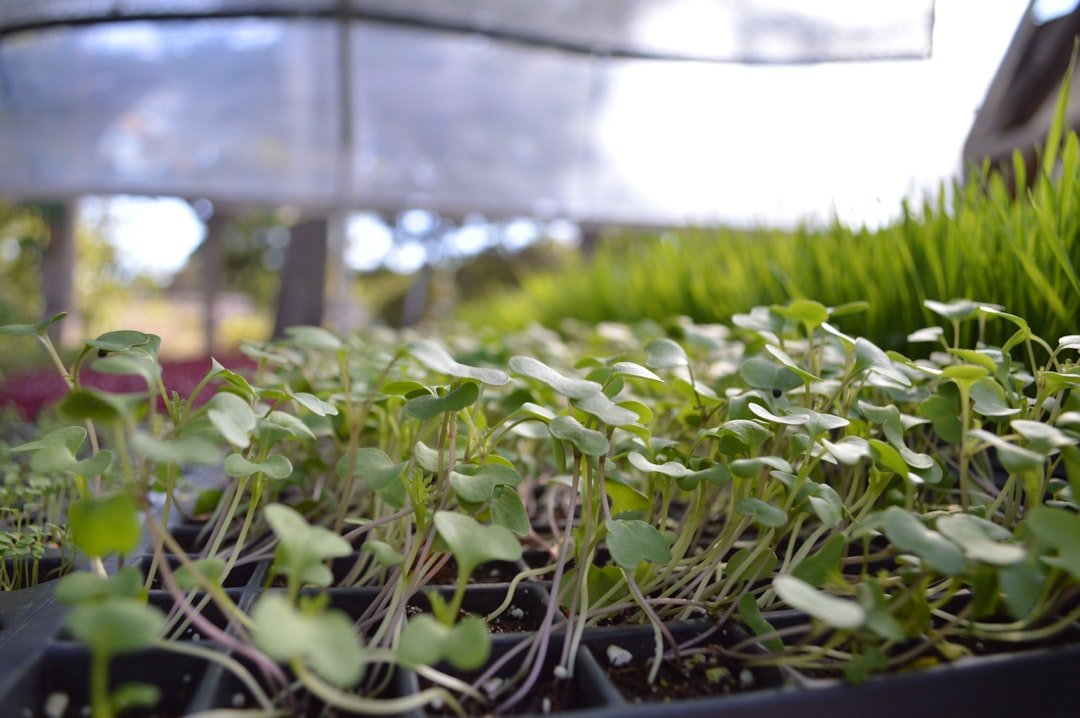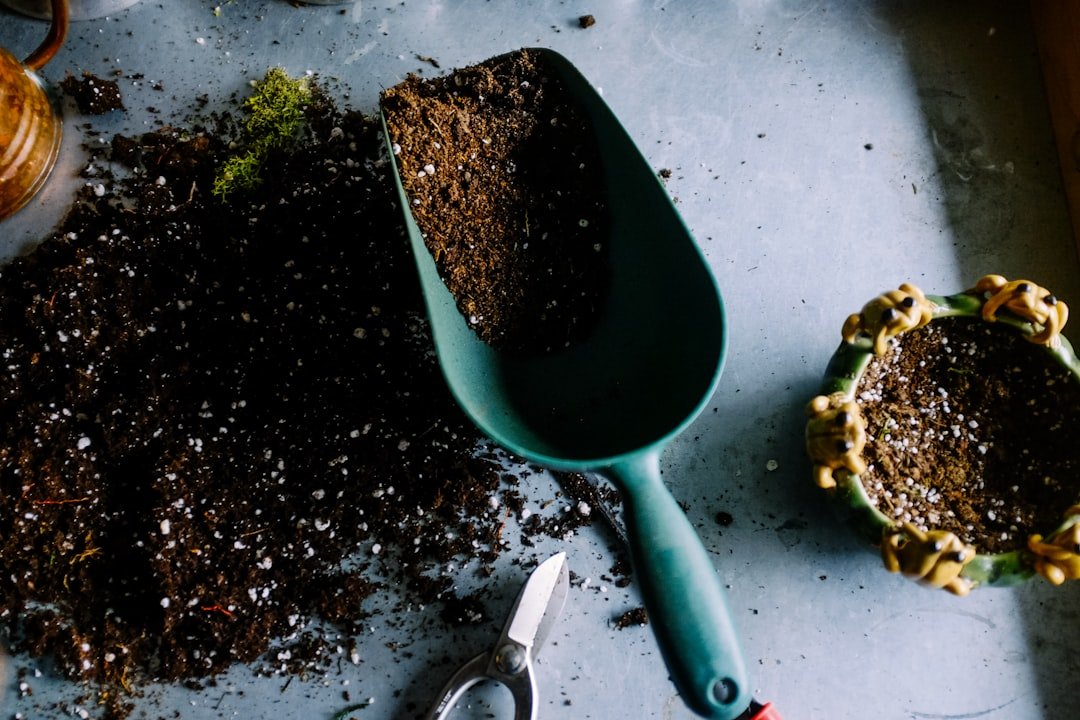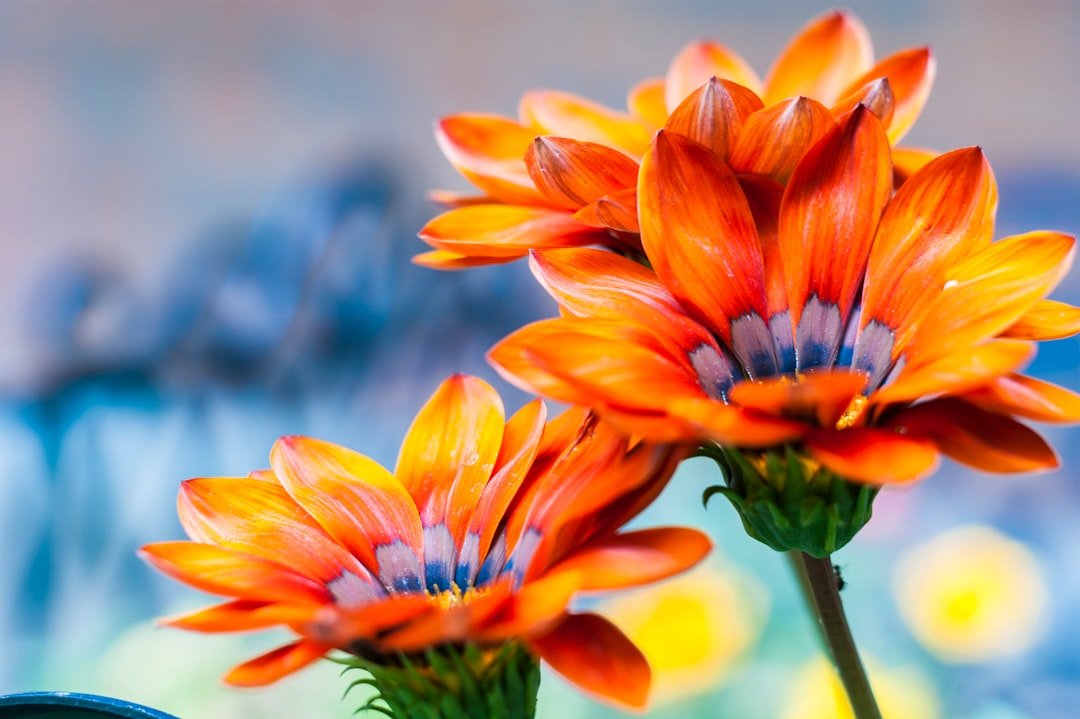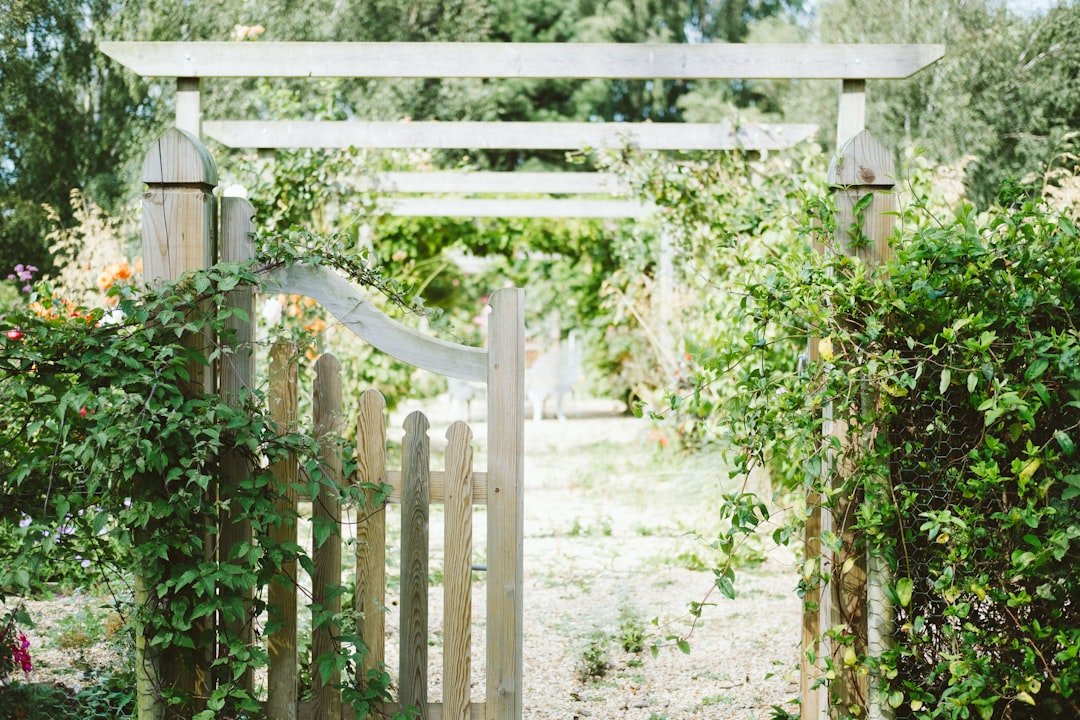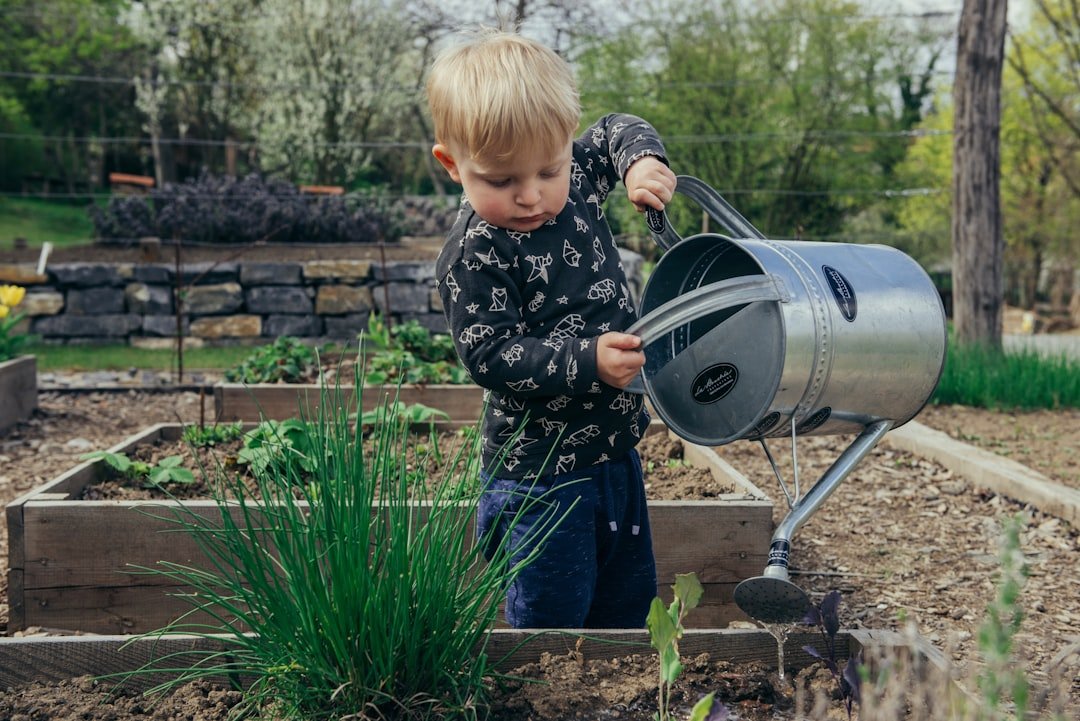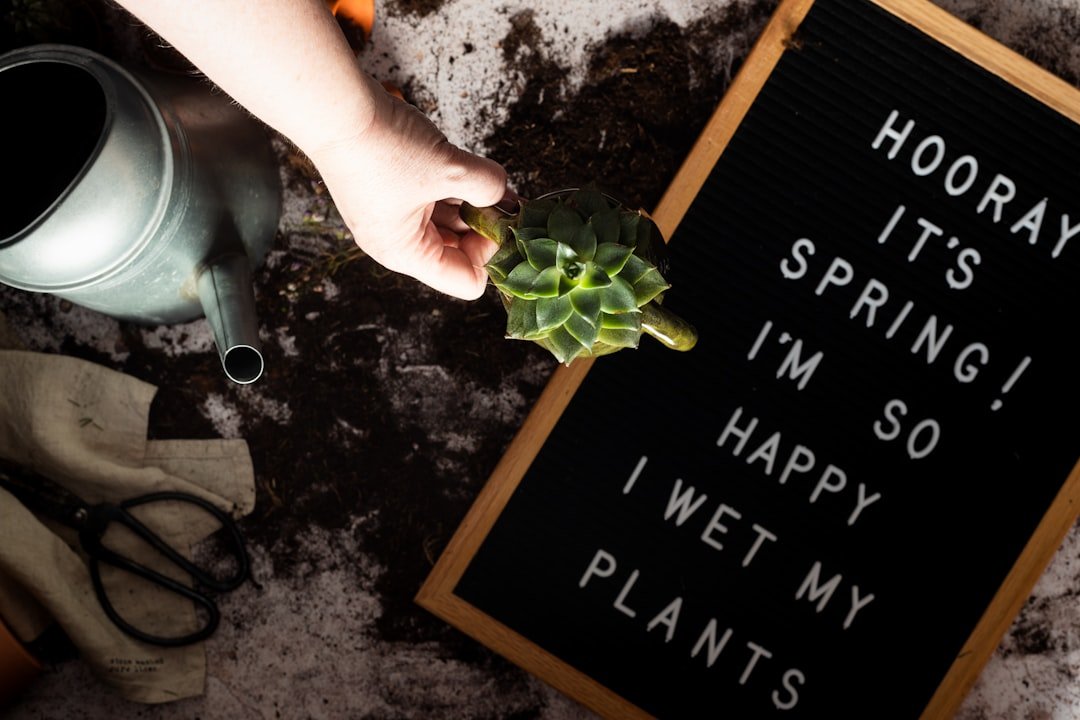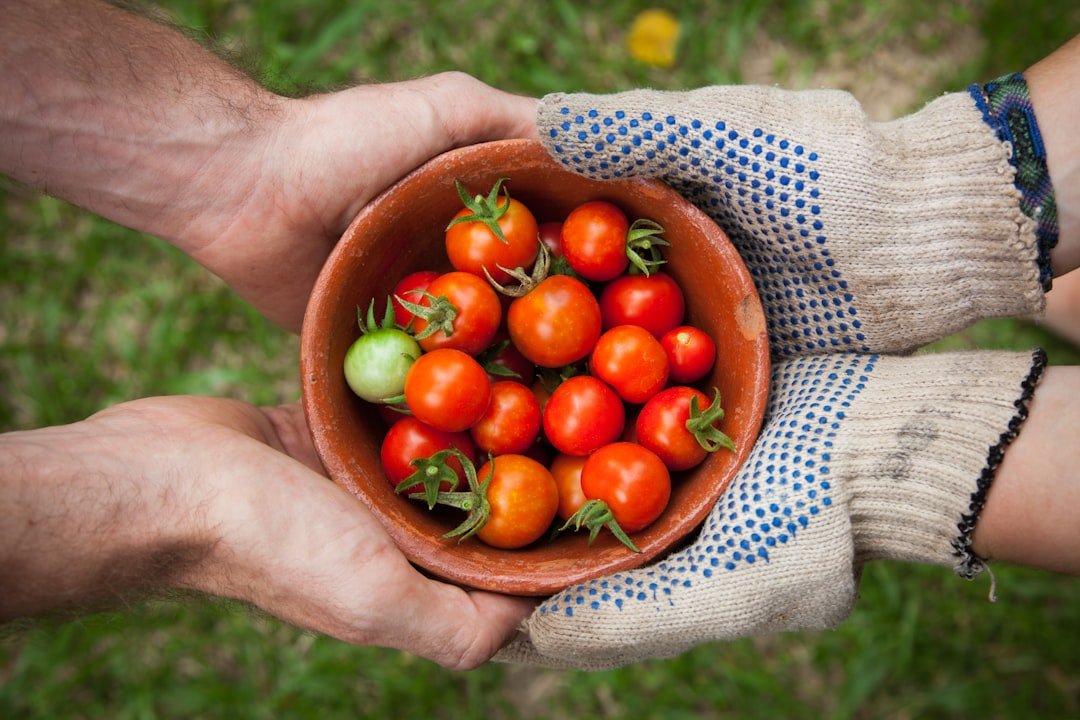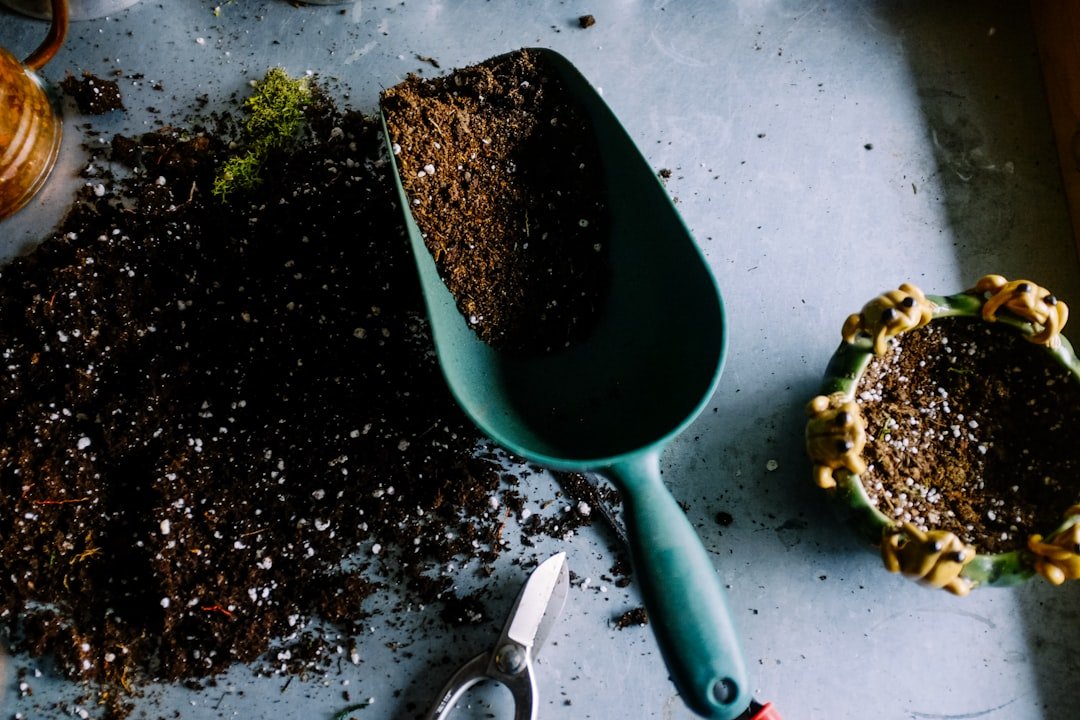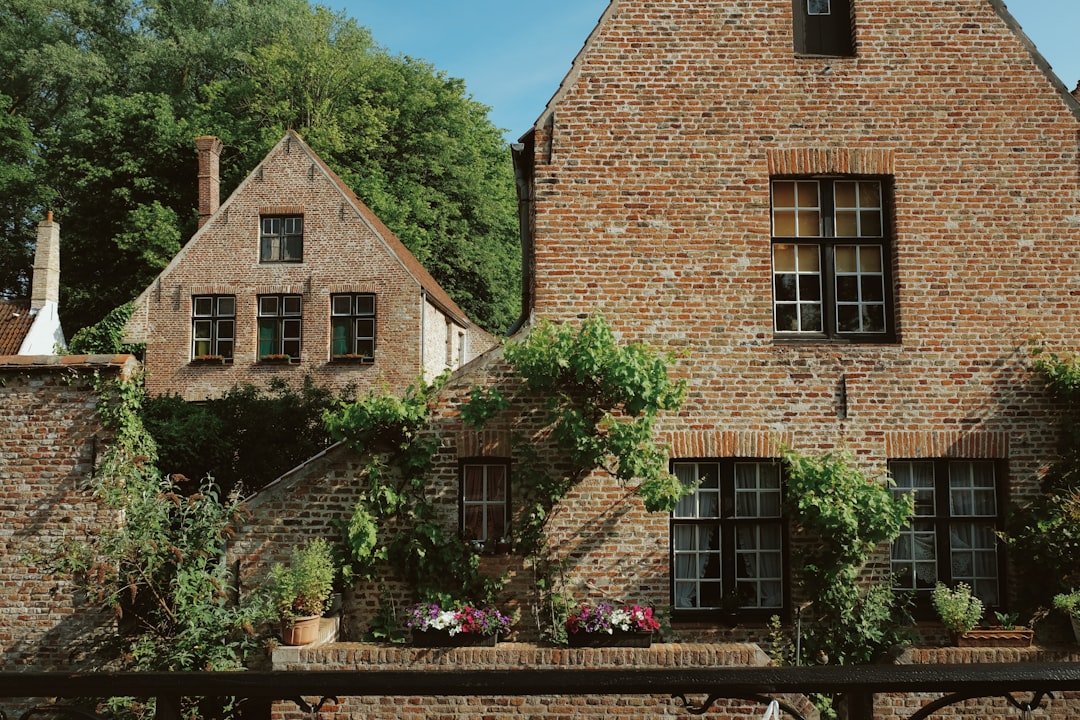Urban gardening is a growing trend in cities worldwide, involving the cultivation of plants, vegetables, and herbs in urban environments such as rooftops, balconies, and small outdoor areas. This practice allows city dwellers to enjoy gardening benefits without requiring large backyards or traditional garden plots. Urban gardening contributes to greener and more sustainable urban environments and can take various forms, from container gardening on balconies to community gardens that bring neighbors together.
The popularity of urban gardening has increased in recent years due to growing environmental awareness and a desire to reduce carbon footprints by growing local produce. This practice offers numerous benefits, including access to fresh and organic food, opportunities for physical activity, and a connection with nature in urban settings. Urban gardening also provides a sense of accomplishment as individuals witness their plants grow in limited spaces.
Furthermore, urban gardening can improve air quality and mitigate the urban heat island effect by introducing more greenery into city landscapes. As urban populations continue to grow and space becomes increasingly limited, urban gardening offers a solution for creating personal green spaces and contributing to healthier, more sustainable urban environments.
Key Takeaways
- Urban gardening is a great way to bring greenery into city spaces and connect with nature.
- When choosing plants for urban gardening, consider the available space, sunlight, and climate conditions.
- Container gardening is a practical solution for limited urban spaces, allowing for flexibility and mobility.
- Vertical gardening makes use of walls and structures to maximize space and create a lush green environment.
- Community gardening brings people together to create and maintain green spaces, fostering a sense of community and environmental stewardship.
Choosing the Right Plants for Urban Gardening
Key Considerations for Urban Gardening
When choosing plants, it’s essential to consider factors such as sunlight exposure, space limitations, and climate conditions. These factors will help determine which plants will thrive in your urban garden.
Popular Choices for Urban Gardening
Herbs like basil, mint, and rosemary, as well as vegetables like tomatoes, peppers, and lettuce, are popular choices for urban gardening. These plants are well-suited to container gardening and can thrive in small spaces with proper care and maintenance. Flowers can also add color and beauty to outdoor spaces, making them a great addition to an urban garden.
Selecting the Right Plants for Success
When selecting plants, it’s crucial to consider their specific needs, including water requirements, soil type, and sunlight exposure. By choosing plants that are well-suited to the local climate and urban environments, individuals can create a thriving green space in the heart of the city and enjoy the benefits of growing their own produce.
Container Gardening: Making the Most of Limited Space

Container gardening is a popular method of urban gardening that allows individuals to make the most of limited space by growing plants in pots, containers, or other small vessels. This method is ideal for urban environments where traditional garden plots may not be available, as it allows people to cultivate a wide variety of plants in a small area. Container gardening is versatile and can be adapted to fit any outdoor space, from small balconies to rooftop terraces.
It also offers the flexibility to move plants around to optimize sunlight exposure and create visually appealing arrangements. When it comes to container gardening, choosing the right containers is essential for success. Containers should have adequate drainage holes to prevent waterlogging and allow excess moisture to escape.
Additionally, selecting the right potting mix is crucial for providing plants with the nutrients they need to thrive in a confined space. Container gardening offers endless possibilities for growing a wide variety of plants, from herbs and vegetables to flowers and shrubs. With proper care and maintenance, container gardens can flourish in urban environments and provide a bountiful harvest of fresh produce and beautiful blooms.
Vertical Gardening: Utilizing Walls and Structures
| Benefits of Vertical Gardening | Challenges of Vertical Gardening |
|---|---|
| Maximizes space utilization | Proper irrigation and drainage |
| Improves air quality | Choosing the right plants |
| Enhances aesthetic appeal | Maintaining structural integrity |
Vertical gardening is an innovative approach to urban gardening that involves growing plants on walls, fences, or other vertical structures. This method allows individuals to maximize space by utilizing vertical surfaces to create lush greenery in urban environments. Vertical gardens can be created using a variety of techniques, such as trellises, wall-mounted planters, or hanging baskets.
This approach is ideal for small outdoor spaces where traditional gardening may not be feasible, as it allows individuals to cultivate a wide variety of plants without taking up valuable ground space. When it comes to vertical gardening, selecting the right plants is essential for success. Vining plants such as ivy, jasmine, and climbing roses are well-suited to vertical gardens and can create a stunning visual display on walls and fences.
Additionally, herbs and vegetables can also be grown vertically using trellises or wall-mounted planters, providing a bountiful harvest in a limited space. Vertical gardening offers a creative way to bring greenery into urban environments and create visually appealing displays that enhance outdoor spaces. By utilizing walls and structures for vertical gardening, individuals can make the most of limited space and enjoy the benefits of cultivating plants in an urban setting.
Community Gardening: Joining Forces for Green Spaces
Community gardening is a collaborative approach to urban gardening that brings together neighbors and community members to cultivate shared green spaces. This method allows individuals to join forces and work together to create thriving gardens in urban environments. Community gardens can take many forms, from shared plots in public parks to rooftop gardens on apartment buildings.
This approach not only provides access to fresh produce but also fosters a sense of community and connection among participants. When it comes to community gardening, collaboration is key for success. By working together, community members can share resources, knowledge, and labor to create vibrant green spaces that benefit everyone involved.
Community gardens also provide an opportunity for individuals to learn from one another and connect with nature in an urban setting. Additionally, community gardens can help improve access to fresh produce in urban areas and promote sustainable food production practices. By joining forces for community gardening, individuals can create thriving green spaces that enhance the quality of life in urban environments.
Maintaining an Urban Garden: Tips for Success

Watering and Fertilizing
Watering plants regularly is crucial for ensuring they receive adequate moisture, especially in containers or small garden plots where water may evaporate quickly. Additionally, fertilizing plants with organic nutrients can help promote healthy growth and bountiful harvests in urban environments.
Pest Control in Urban Gardens
Pest control is also important for maintaining an urban garden, as pests can quickly damage plants in confined spaces. Using natural pest control methods such as companion planting or introducing beneficial insects can help keep pests at bay without the need for harmful chemicals.
Regular Maintenance for a Thriving Urban Garden
Regular pruning and maintenance are essential for keeping plants healthy and promoting strong growth in urban environments. By following these tips for maintaining an urban garden, individuals can ensure that their green spaces thrive and provide a bountiful harvest of fresh produce.
The Benefits of Urban Gardening: Environmental and Personal Gains
Urban gardening offers a range of benefits for both individuals and the environment. From reducing carbon footprints to promoting healthy lifestyles, urban gardening has positive impacts on urban environments. By growing their own produce, individuals can reduce their reliance on store-bought fruits and vegetables that may have been transported long distances, thereby reducing carbon emissions associated with food production and transportation.
Additionally, urban gardening provides an opportunity for individuals to engage in physical activity and connect with nature in an urban setting. Gardening requires regular physical labor such as planting, watering, weeding, and harvesting, which can help individuals stay active and maintain a healthy lifestyle. Furthermore, spending time outdoors in green spaces has been shown to have positive effects on mental health and well-being.
From an environmental perspective, urban gardening helps improve air quality by introducing more greenery into city landscapes. Plants absorb carbon dioxide and release oxygen through photosynthesis, helping reduce air pollution in urban environments. Additionally, urban gardens can help mitigate the urban heat island effect by providing shade and cooling effects in densely populated areas.
In conclusion, urban gardening offers numerous benefits for individuals and the environment alike. From providing access to fresh produce to promoting sustainable food production practices, urban gardening has positive impacts on urban environments. By choosing the right plants for limited spaces, utilizing container gardening and vertical gardening techniques, joining forces for community gardening, maintaining green spaces with proper care and attention, individuals can create thriving urban gardens that enhance the quality of life in cities around the world.
If you’re interested in learning more about the history and techniques of gardening, you might also enjoy reading the article “Mastering Library Science: From History to Advocacy – The Complete Guide”. This comprehensive guide delves into the rich history of libraries and provides valuable insights into the advocacy and preservation of these important institutions. Just as gardening requires a deep understanding of the natural world, mastering library science involves a deep appreciation for the knowledge and resources that libraries provide.




























































































